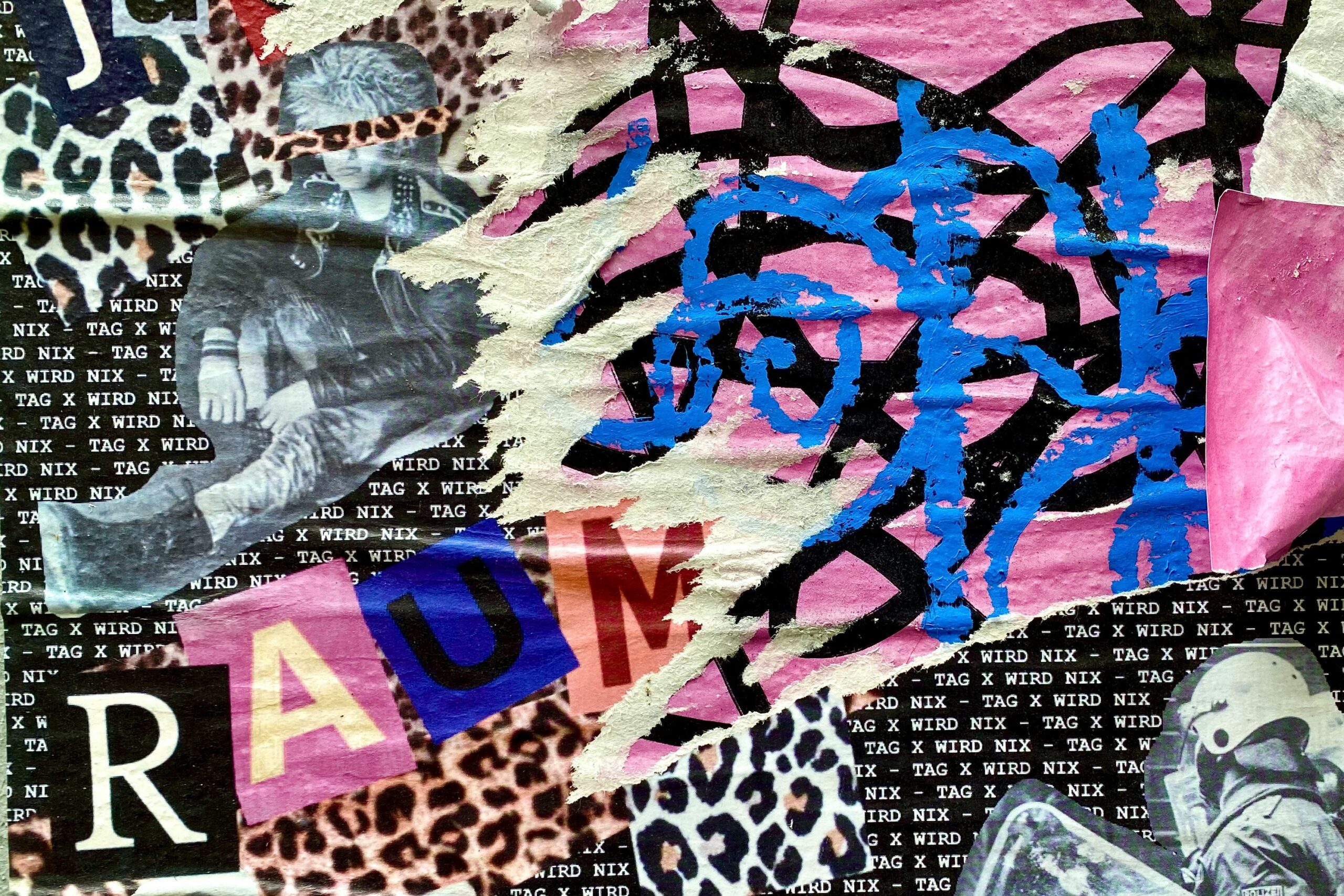
The Chicano Movement of the 1960s and 1970s was more than a political and social struggle for civil rights—it was also a cultural revolution. Artists, writers, and performers became central to the movement, using creative expression as a way to amplify marginalized voices, challenge systemic inequality, and celebrate the richness of Chicano identity. Chicano art, in its various forms, has become a powerful tool for empowerment, blending traditional Mexican heritage with contemporary political and social commentary. From murals and posters to poetry and performance, Chicano artists established a visual language that continues to influence activism, identity, and cultural pride today.
This artistic movement not only reflected the political realities of its time but also helped shape them. It gave Chicanos—Mexican Americans who sought recognition and justice—a way to reclaim their history and cultural roots, while demanding inclusion and equality in American society. The art of the Chicano Movement remains a powerful reminder of the intersection between creativity and social change.
The Origins of Chicano Art
The Chicano Movement emerged during the 1960s, parallel to the broader Civil Rights Movement in the United States. Mexican Americans, who faced systemic racism, economic inequality, and political disenfranchisement, began organizing to demand labor rights, educational reforms, voting access, and cultural recognition. Activists like César Chávez and Dolores Huerta became key figures, leading farmworkers in strikes and boycotts, while organizations such as the Brown Berets pushed for broader social justice.
Artists soon joined the movement, realizing that visual expression could convey messages that speeches and rallies alone could not. Murals, posters, and performance art became vehicles to represent the struggles and aspirations of the Chicano community. These artistic contributions were not mere decorations; they were declarations of identity, resilience, and resistance. By reclaiming public spaces and drawing from indigenous traditions, Chicano artists carved out a cultural and political presence in a society that had long marginalized them.
Murals as Public Declarations
One of the most iconic artistic contributions of the Chicano Movement was the creation of murals. Communities across the Southwest, especially in California and Texas, transformed blank walls, abandoned buildings, and public spaces into vibrant canvases filled with symbols of Mexican history and Chicano identity. Murals such as those found in Los Angeles’ East L.A. neighborhoods or San Diego’s Chicano Park became both art and activism.
These murals often featured imagery of Aztec gods, farmworkers, and revolutionary figures such as Emiliano Zapata, as well as scenes that conveyed a sense of cultural pride. The public nature of murals meant that art was accessible to everyone—not confined to galleries or museums, but integrated into the daily lives of community members. They served as visual affirmations of identity, reminding Mexican Americans of their history, struggles, and contributions to the United States. At the same time, they educated outsiders about a culture that had been overlooked or misrepresented.
Symbols of Identity and Resistance
Symbols played a central role in Chicano art, carrying layers of meaning that spoke directly to the community. The Aztec eagle, for example, became a powerful emblem for the United Farm Workers movement, representing strength, dignity, and unity. Other symbols included the Virgin of Guadalupe, who represented both spiritual strength and cultural pride, as well as images of corn, which connected Chicanos to their indigenous agricultural heritage.
These symbols were often combined with contemporary references to civil rights struggles, police brutality, and immigration issues. The blending of pre-Columbian iconography with modern political messages emphasized continuity between the past and present, linking centuries of resistance to current demands for justice. This use of symbolism created a shared visual language that united Chicanos across different regions and experiences, fostering solidarity and a sense of belonging.
Poetry, Literature, and Music
While murals are the most visible aspect of Chicano art, literature and music were equally vital in articulating the movement’s values. Poets such as Alurista and writers like Rudolfo Anaya used their words to challenge stereotypes and affirm Chicano heritage. Literature became a way to reclaim narratives, celebrate bilingualism, and resist assimilation.
Music also played a critical role. Chicano musicians blended Mexican folk traditions with jazz, rock, and soul to create unique sounds that reflected bicultural identity. Bands like Los Lobos, as well as the corridos tradition, gave voice to Chicano experiences, from migration stories to labor struggles. Performance art and teatro (theater) groups, such as El Teatro Campesino, brought political messages to the streets and fields, merging entertainment with activism.
Empowerment Through Community
Chicano art was not created in isolation; it was rooted in community collaboration. Murals were often painted collectively, with neighborhood residents contributing ideas, designs, or even brushstrokes. This participatory process reinforced the idea that the movement was for everyone, not just activists or intellectuals. Art became a tool of empowerment by giving people a sense of ownership over their spaces and stories.
In addition to murals, community art centers have been established in cities such as Los Angeles, San Antonio, and Denver. These centers provided classes, workshops, and exhibition opportunities for young Chicano artists. They also served as hubs for organizing, creating a bridge between political activism and cultural expression. The fusion of art and community fostered pride, resilience, and a stronger sense of cultural identity among Mexican Americans.
The Legacy of Chicano Movement Art
Today, the symbols and practices of Chicano Movement art continue to influence artists across generations. The murals of Chicano Park have been designated a National Historic Landmark, ensuring their preservation as cultural treasures. Contemporary Chicano and Latinx artists build upon this legacy, blending traditional iconography with modern issues such as immigration reform, environmental justice, and LGBTQ+ rights.
Moreover, Chicano art has transcended regional boundaries, becoming a global language of resistance and empowerment. Exhibitions in major art institutions highlight its significance, while grassroots artists continue to create murals and community projects in neighborhoods across the United States. The movement’s emphasis on reclaiming identity and amplifying marginalized voices resonates strongly in today’s discussions about diversity, equity, and social justice.